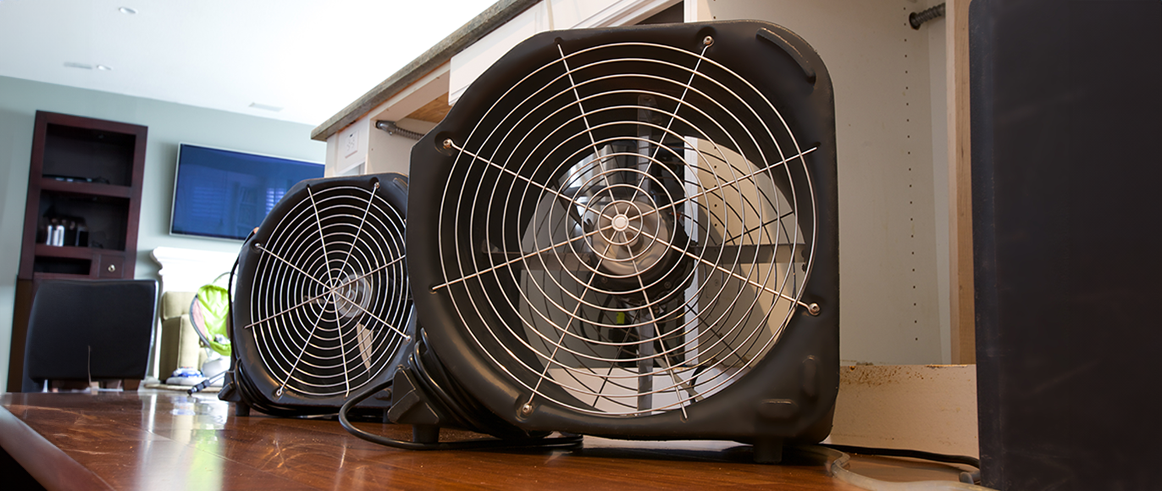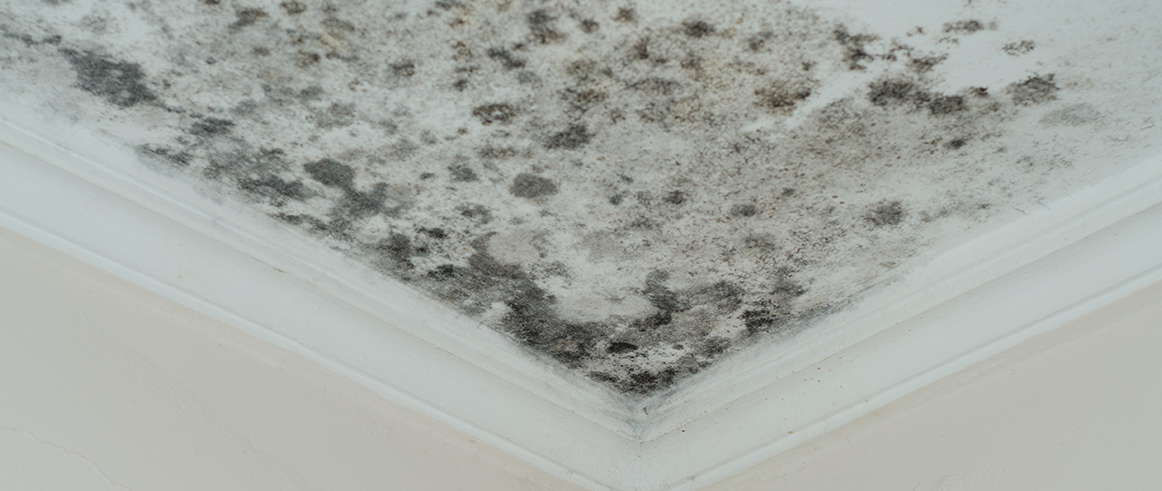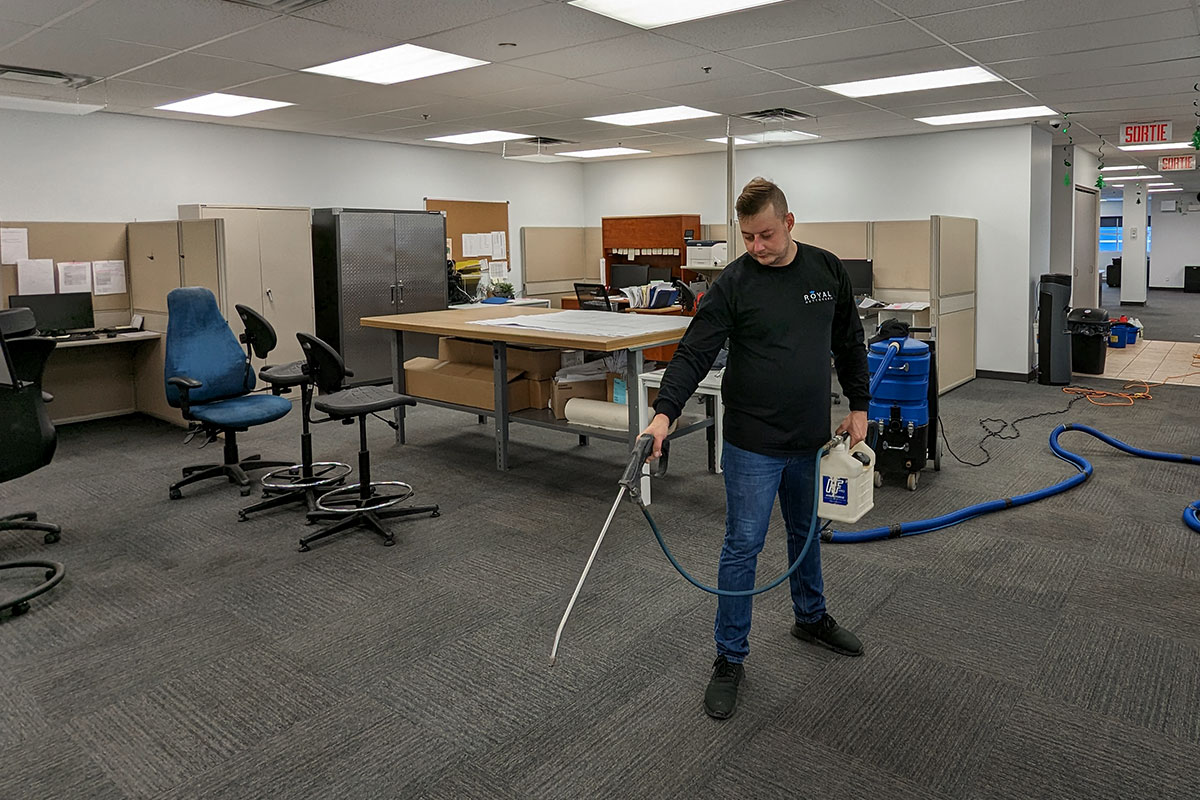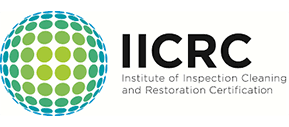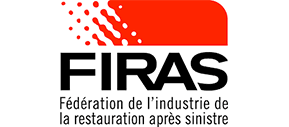Asbestos attracted the attention of some industrialists in the late 19th century for its resistance to heat, fire, tension, electrical and chemical attack, as well as its absorbency.
In its friable form, it has been used in many insulation and flocking materials, as well as in sheets, felts, glues, mastics, cardboard sheets, or braided or woven. It is also found (non-friable form) incorporated into cement products (asbestos-cement) or in various binders (glues, paints, joints, gypsum-based mortars, bituminous concrete, friction materials and even road or waterproofing asphalts...). It has also been used for brake pads or in boiler or electric oven linings, or in various electrical installations (e.g. hotplates) for its high-temperature electrical insulation capabilities. It has been massively used in buildings for its fire-retardant, insulating, flexible, tensile-strength and sometimes chemical-resistant properties. But this material is toxic. The inhalation of asbestos fibers causes asbestosis (pulmonary fibrosis); broncho-pulmonary cancers, as well as pleural cancers (mesothelioma) and digestive cancers. The victims of these pathologies are mainly the "asbestos workers", but also people exposed environmentally and often without their knowledge. Although the dangers of asbestos were clearly identified as early as the 1890s, it took nearly a century, in the 1980s and 1990s, for the use of asbestos to be banned in many countries, a delay that has been and will continue to be the cause of the deaths of tens of thousands of people. "Any intervention on these materials can emit dangerous particles and dust" reminds INRS12. In France, although banned since 1997, asbestos was still present in 2010 according to INRS "in many buildings and equipment. And the asbestos risk remains underestimated in certain professions that may be exposed to it. However, asbestos-related diseases are now the second leading cause of occupational diseases and the leading cause of work-related deaths (excluding accidents at work).
Asbestos removal techniques and equipment safety standards are subject to rigorous practice.
- 1. Preparation of the premises and isolation of the area to be decontaminated.
- 2. Construction of airtight zones to prevent the spread of asbestos fibers and installation of decontamination units.
- 3. Continuous monitoring of the safe level of fibers in the air by laboratory analysis.
- 4. Partial or complete reconstruction and cleaning of the premises.




